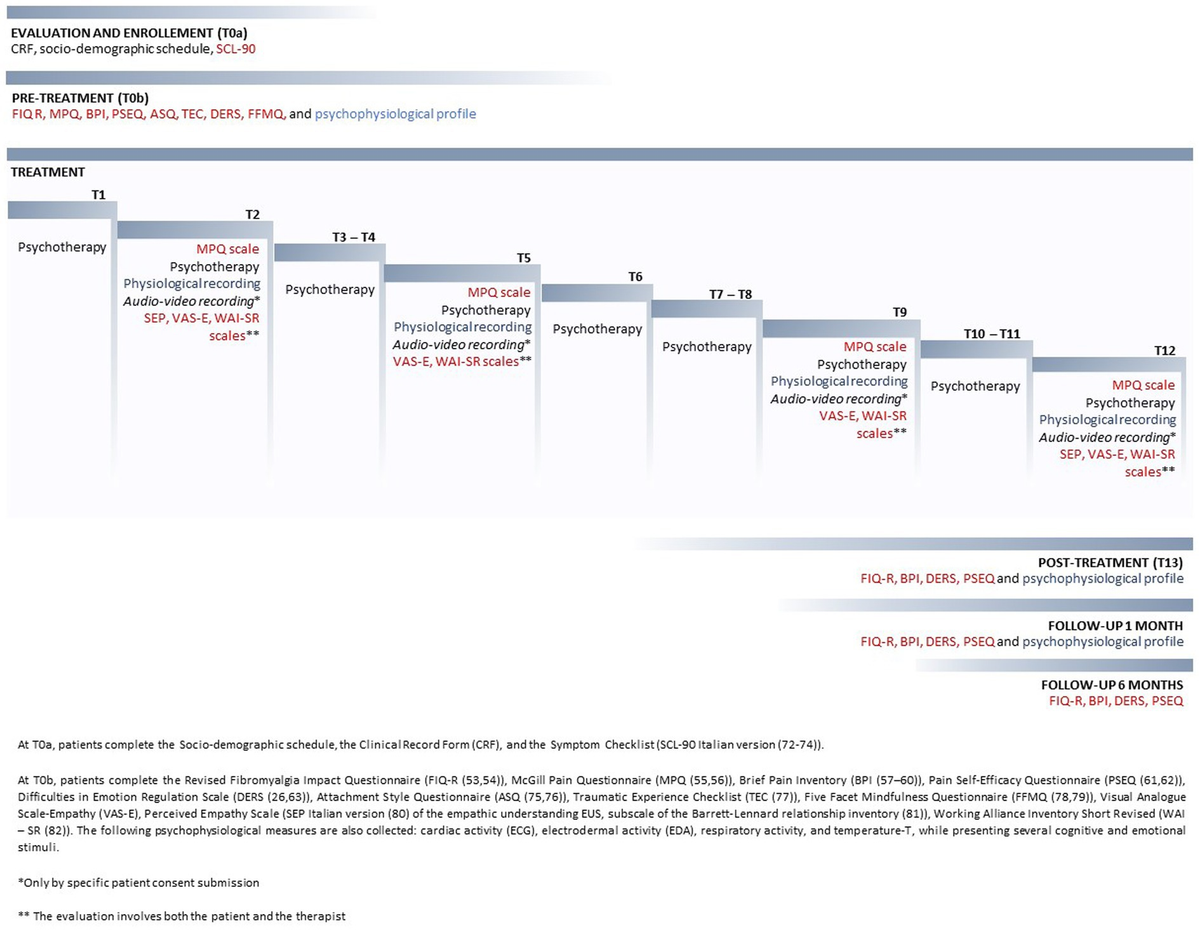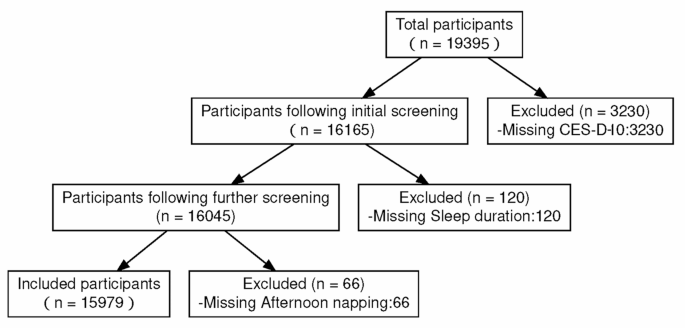For nearly two decades, Heag Pain Management Center has been at the forefront of advanced pain management and anesthesiology, offering advanced treatments for chronic and acute pain. The organization recently obtained Gold Membership of the Medical Tourism Association, the global thinktank for the medical tourism industry, leveraging the wide array of MTA’s opportunities to reach the global market.
Heag Pain Management Center recently sat with MTA to share their journey in the healthcare business in the last two decades and what MTA Gold Membership means to its future in medical tourism.
What do you do and how has your experience in the healthcare industry been?
Founded in 2006 by Dr. Kwadwo Gyarteng-Dakwa, The HEAG Pain Management Center is a private medical practice based in North Carolina, dedicated to providing exceptional care in pain management. With over 30 years of experience, Dr. Gyarteng-Dakwa, a highly respected anesthesiologist and pain management specialist, has consistently brought his extensive expertise to improve the lives of his patients.
Dr. Gyarteng-Dakwa earned his medical degree from Volgograd State Medical University in Russia in 1990. After relocating to the United States, he completed his residency at Howard University Hospital in Washington, DC, followed by a critical care fellowship at Yale University School of Medicine in Connecticut. An active member of professional organizations including the American Society of Anesthesiologists, the North Carolina Society of Anesthesiologists, American Academy of Anti-Aging Medicine, and the Society of Critical Care Medicine, Dr. Gyarteng-Dakwa remains current in his field. His dedication to his patients has earned him the Patients’ Choice Award (2008, 2009, 2010) and Compassionate Doctor Recognition (2009, 2010) from Vitals.com. The International Association of HealthCare Professionals (IAHCP) also recognized his exceptional contributions by featuring him in The Leading Physicians of the World. Dr. Gyarteng-Dakwa attributes his successful career to his hard work, dedication, and commitment to providing the highest quality care.
The HEAG operates multiple locations across North Carolina, focusing on the diagnosis, management, and treatment of pain at various stages, including sub-acute and chronic conditions. Dr. Gyarteng-Dakwa prioritizes safe and responsible care, advocating for the minimization of high-risk medications and the use of personalized treatment plans. Our team comprises specialists from diverse disciplines, including physical medicine, rehabilitation, clinical psychology, neuro-biofeedback, and physical therapy. We utilize the latest advancements in pain management, such as implantable devices like spinal cord stimulators, peripheral nerve stimulators, and neuraxial drug delivery systems, while reducing reliance on opioids. In addition to these advanced technologies, we offer a broad range of alternative therapies, including Ketamine infusions, IV therapy, and Bioidentical Hormone Replacement Therapy. Our commitment to staying at the forefront of pain management includes incorporating emerging techniques such as regenerative medicine, platelet-rich plasma (PRP) injections, stem cell therapy, cryoneurolysis, radiofrequency ablation, and non-opioid pharmacological treatments, which are rapidly gaining prominence in the U.S. for their effectiveness in reducing pain and improving patient outcomes.
How many international patients do you receive per year?
Our patients are mostly domestic to the United States, with only about 10 international patients visiting our locations yearly.
What regions or countries do patient come from?
Our international patients come from different parts of Africa, Europe, and South America.
How do you see the future of medical travel?
The future of medical travel, particularly for specialized treatments like those ordered at The HEAG Pain Management Center, appears poised for significant growth. As healthcare becomes increasingly globalized, patients seeking advanced pain management therapies may consider traveling to access highly specialized care and innovative treatments that are unavailable or limited in their home countries.
Key Trends Shaping the Future of Medical Travel include:
1. Access to Advanced Pain Management Treatments: With cutting-edge treatments like spinal cord stimulators, Ketamine infusions, PRP injections, and stem cell therapy becoming more prominent, medical travelers are likely to seek out clinics that o8er these advanced therapies. The HEAG Pain Management Center’s focus on staying at the forefront of such technologies positions it well to attract international patients seeking sophisticated pain management solutions.
2. Specialized Care Providers: The expertise of practitioners like Dr. Kwadwo Gyarteng-Dakwa, with his extensive background and recognition in pain management and anesthesiology, is a major draw for medical travelers. Patients often prefer to travel for access to highly specialized care providers who have demonstrated exceptional skill and patient outcomes.
3. Patient-Centered and Alternative Therapies: The HEAG’s integration of alternative therapies such as IV therapy, bioidentical hormone replacement, and regenerative medicine aligns with the growing global demand for holistic and personalized healthcare. Medical travelers often seek comprehensive care that addresses not only their medical conditions but also their overall wellness.
4. Growing Demand for Pain Management Services: Chronic pain a8ects millions of people worldwide, and the demand for e8ective, non-opioid treatments is on the rise. As awareness of advanced pain management options increases, patients are more likely to travel to access these services, especially when their local healthcare systems do not o8er them.
5. Medical Travel Post-COVID: The pandemic highlighted the importance of safe, responsible care, and high standards of medical practices. As travel restrictions ease, patients are becoming more comfortable with seeking care internationally, especially in clinics with strong reputations for safety and quality, such as The HEAG. Patients may also be more willing to travel for care that avoids the overuse of opioids, emphasizing safety and innovation.
6. Technology and Telemedicine: Technological advances in telemedicine can facilitate consultations and follow-up care across borders, making medical travel more accessible. Patients may opt for an initial teleconsultation with a provider like Dr. Gyarteng-Dakwa, followed by travel to North Carolina for procedures and treatments. Conclusion: The future of medical travel will likely see a steady rise in patients seeking out specialized pain management care. Clinics like The HEAG, with their emphasis on advanced technologies, alternative therapies, and top-tier medical expertise, are well-positioned to attract international patients looking for safe, e8ective, and cutting-edge treatments.
What is something unique that you do as a healthcare business?
At The HEAG Pain Management Center, we offer a uniquely integrative approach to pain management that incorporates not only advanced medical technologies but also holistic therapies and addiction services—something quite distinct in the realm of pain management. What makes us stand out is our ability to provide specialized addiction services alongside pain management. Many pain management clinics primarily focus on addressing physical pain, but we recognize the critical need to treat both pain and its potential ties to substance use disorders. By integrating addiction services into our comprehensive care model, we help patients manage their pain safely, responsibly, and holistically, while also addressing issues related to dependency and addiction.
This integrative approach combines the latest advancements in medical technology—like spinal cord stimulators, stem cell therapy, and non-opioid pharmacological options—with alternative therapies such as bioidentical hormone replacement, regenerative medicine, and Ketamine infusions. By treating both the body and mind, we help patients achieve a higher quality of life and long-term recovery, without over-reliance on harmful medications. In essence, our focus on the intersection of pain and addiction care allows us to offer a truly unique, whole-person approach to wellness that not only manages pain but fosters a sustainable, healthy future for our patients.
What services do you offer to medical travelers?
At The HEAG Pain Management Center, we offer a range of specialized services tailored to the needs of medical travelers seeking advanced and holistic pain management. These services are designed to provide cutting edge care while accommodating the unique circumstances of patients traveling for treatment. Here’s what we offer to medical travelers:
1. Comprehensive Pain Management Treatments:
- Advanced Medical Technology: We provide access to the latest in pain management technology, including spinal cord stimulators, peripheral nerve stimulators, neuraxial drug delivery systems, and non-opioid pharmacological treatments. These cutting-edge interventions are highly e8ective for chronic pain and attract patients seeking innovative solutions unavailable in their local healthcare systems.
- Regenerative Medicine: Our regenerative treatments, such as platelet-rich plasma (PRP) injections and stem cell therapy, help patients heal from within by promoting the body’s natural repair mechanisms, o8ering a non-surgical approach to pain relief.
2. Holistic and Alternative Therapies:
- Ketamine Infusions and IV Therapy: These therapies are particularly e8ective for treating complex pain syndromes and mood disorders. Ketamine infusions are also recognized for their efficacy in managing treatment-resistant depression and chronic pain, making them highly sought-after by medical travelers.
- Bioidentical Hormone Replacement Therapy (BHRT): This therapy helps address imbalances that may contribute to pain and overall well-being, improving the patient’s quality of life.
3. Addiction Services: We offer a rare combination of pain management and addiction services. Medical travelers dealing with substance use disorders alongside chronic pain benefit from our integrative care model, which addresses both issues simultaneously. This unique offering makes us a destination for patients seeking safe and responsible management of pain without the risk of exacerbating addiction.
4. Personalized Care and Treatment Plans: Medical travelers receive individualized assessments and customized treatment plans that consider their specific health concerns, goals, and travel schedules. Our interdisciplinary team ensures that each patient receives the most e8ective combination of treatments tailored to their unique needs.
5. Pre- and Post-Treatment Telemedicine Consultations: For patients traveling from other states or countries, we offer pre-treatment consultations and follow-up care through telemedicine. This ensures continuity of care before and after their visit to our clinic, allowing patients to stay connected with their healthcare providers from the comfort of their home.
6. Coordination of Care for Long-Term Treatment: We work closely with medical travelers to coordinate care throughout their stay and beyond. Whether patients are seeking long-term pain management solutions or need short-term intensive therapy, we ensure that their care is seamless, providing ongoing support as they continue their recovery after returning home. By offering these specialized services to medical travelers, we at The HEAG Pain Management Center make it possible for patients to access world-class care, combining the best of modern medical advancements with a holistic approach to wellness.
What medical procedures do you offer?
At The HEAG Pain Management Center, we offer a variety of advanced medical procedures aimed at diagnosing, managing, and treating both acute and chronic pain. These procedures integrate state-of-the-art technology with a patient-centered, holistic approach to provide comprehensive care. Below are some of the key medical procedures we offer:
1. Interventional Pain Management Procedures:
- Spinal Cord Stimulation (SCS): A minimally invasive procedure where electrodes are placed near the spinal cord to deliver electrical impulses, which block pain signals from reaching the brain.
- Peripheral Nerve Stimulation: Similar to SCS, this procedure targets specific peripheral nerves to manage pain by disrupting pain signals before they reach the central nervous system.
- Neuraxial Drug Delivery Systems (Intrathecal Pumps): These devices deliver medication directly into the spinal fluid, allowing for more targeted pain relief and reducing the need for oral pain medications.
2. Regenerative Medicine:
- Platelet-Rich Plasma (PRP) Injections: A procedure in which a patient’s own blood is processed to concentrate the platelets, which are then injected into the injured area to promote healing and tissue regeneration.
- Stem Cell Therapy: Using the body’s own stem cells, this procedure stimulates healing in damaged tissues, such as tendons, muscles, and joints, o8ering a non-surgical alternative for pain relief.
3. Alternative and Holistic Therapies:
- Ketamine Infusion Therapy: Used for both chronic pain and treatment-resistant mood disorders, this therapy involves the administration of ketamine through an IV, providing rapid relief for some patients.
- Bioidentical Hormone Replacement Therapy (BHRT): This therapy helps patients with hormonal imbalances that may contribute to chronic pain, fatigue, and other health issues.
4. Injection Therapies:
- Epidural Steroid Injections: These are commonly used to treat pain associated with spinal conditions, such as herniated discs or spinal stenosis. The injection delivers anti-inflammatory medication to the affected area.
- Facet Joint Injections: These injections target the small joints in the spine to provide relief from arthritis-related pain or mechanical lower back pain.
- Sacroiliac (SI) Joint Injections: Administered to the SI joints located at the base of the spine, these injections help alleviate lower back pain and sciatica.
- Trigger Point Injections: Used to treat painful knots in muscles that do not relax, typically due to chronic conditions like fibromyalgia or myofascial pain syndrome.
5. Radiofrequency Ablation (RFA): This minimally invasive procedure uses radiofrequency energy to heat and destroy nerve tissue, which reduces pain signals from the targeted area. It is commonly used for spinal pain and joint pain.
6. Diagnostic Procedures:
- Nerve Blocks: These procedures involve injecting anesthetic or anti-inflammatory medications near specific nerves to diagnose and treat pain.
- Discography: A diagnostic test used to determine whether the discs in the spine are the source of a patient’s pain.
7. Intravenous (IV) Therapy: We offer specialized IV therapies that can deliver vitamins, nutrients, or medications directly into the bloodstream, aiding in overall recovery and wellness, especially for patients with chronic pain and fatigue.
8. Addiction Medicine Procedures:
- Medication-Assisted Treatment (MAT): Involving medications like Suboxone or Methadone, MAT is used to help patients manage addiction to opioids, alongside pain management strategies.
- Detoxification Protocols: Supervised medical detox is o8ered for patients who need to safely withdraw from opioids or other substances.
9. Physical Therapy and Rehabilitation: Pain Management Rehabilitation Programs: Customized physical therapy programs to restore function, improve mobility, and reduce pain through tailored exercises and therapies.
10. Psychological Services and Neuro-Biofeedback:
- Cognitive Behavioral Therapy (CBT): Helps patients manage chronic pain by addressing the psychological impact of pain and teaching coping strategies.
- Neuro-Biofeedback: A non-invasive treatment that trains patients to control their body’s responses to pain using real-time feedback from brain activity. Our goal at The HEAG Pain Management Center is to provide a multidisciplinary approach to treating pain, blending advanced medical procedures with holistic therapies to improve our patients’ overall quality of life.
Why do you think Better by MTA is so great for the industry?
“Better by MTA” is a significant development for the healthcare industry due to its focus on improving patient care through innovative technology, seamless integration, and enhanced operational e8iciency. Here are a few reasons why it’s so impactful:
1. Enhanced Patient Experience: “Better by MTA” prioritizes patient-centric care, utilizing advanced technologies that streamline patient management, from appointment scheduling to post-treatment follow-up. This leads to a smoother, more coordinated experience for patients, reducing wait times and improving satisfaction.
2. Improved Access to Care: By offering telemedicine and other remote healthcare solutions, “Better by MTA” expands access to care, particularly for patients in rural or underserved areas. This accessibility is crucial in improving health outcomes across di8erent populations, reducing disparities in care delivery.
3. Data-Driven Decision Making: “Better by MTA” leverages data analytics to provide real-time insights into patient outcomes and operational performance. This data-driven approach allows for more personalized care plans, more accurate diagnoses, and e8icient resource allocation, all of which contribute to better patient outcomes and cost savings.
4. Operational Efficiency: With integrated systems for managing electronic health records (EHRs), billing, and patient data, “Better by MTA” reduces administrative burdens on healthcare providers. Automation of repetitive tasks allows practitioners to focus more on patient care rather than paperwork, which can lead to increased productivity and reduced burnout.
5. Innovation in Care Delivery: The adoption of emerging technologies such as AI, machine learning, and predictive analytics in “Better by MTA” offers the potential to identify health trends, predict patient needs, and optimize treatment plans. This not only enhances care quality but also pushes the boundaries of what’s possible in preventive and personalized medicine.
6. Compliance and Security: Ensuring compliance with healthcare regulations like HIPAA is critical in today’s industry. “Better by MTA” incorporates robust security measures and compliance protocols, protecting patient data while maintaining the trust essential in healthcare relationships.
7. Scalability for Healthcare Systems: “Better by MTA” is adaptable for various healthcare settings, from small practices to large hospital networks. Its scalability ensures that it can grow with the needs of the institution, making it a sustainable solution for long-term healthcare improvements.
In summary, “Better by MTA” helps healthcare providers deliver better care while managing costs and operational challenges. It represents the future of healthcare, where technology and human care converge to create a system that is more e8icient, patient-focused, and data-driven












